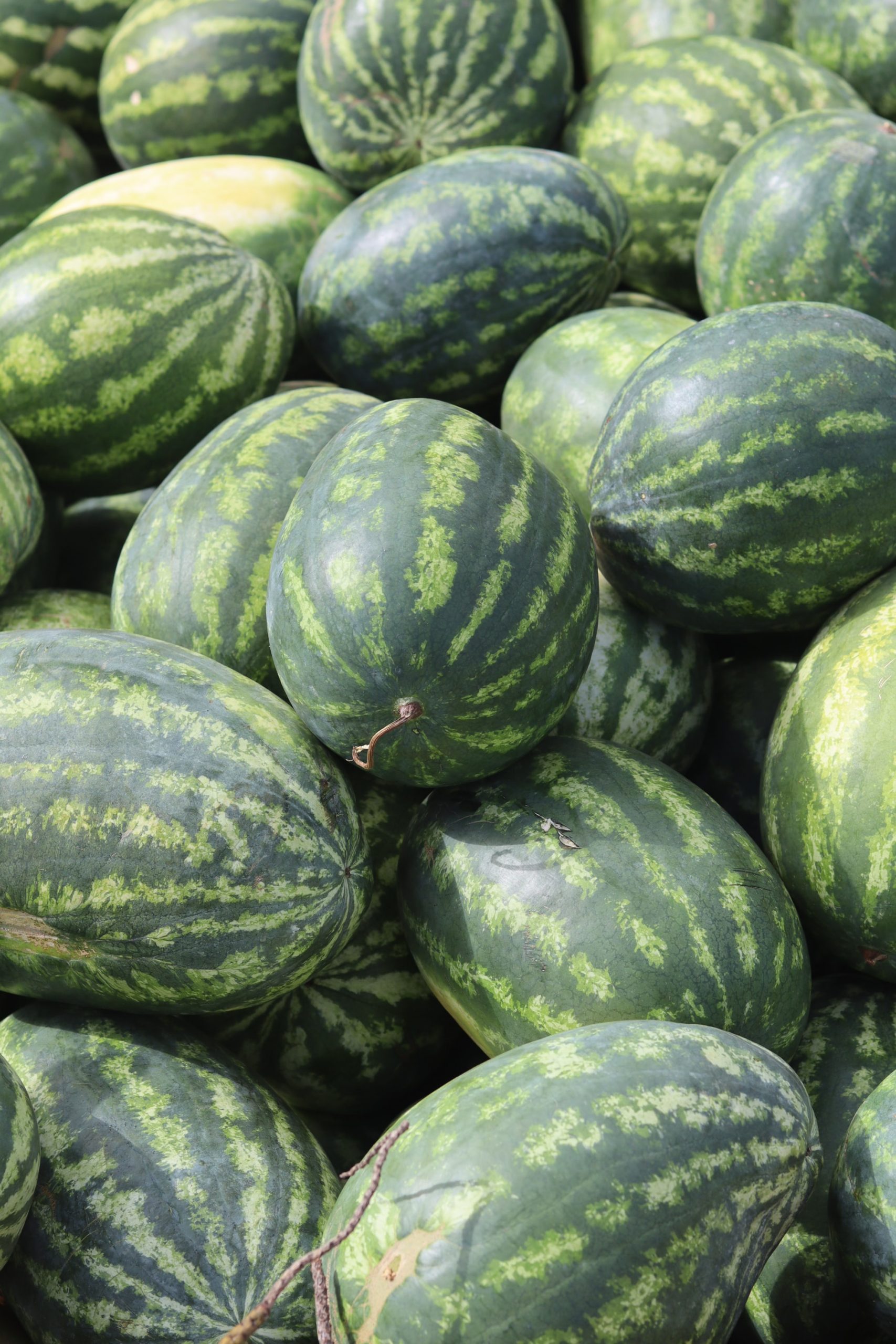Last Updated on April 10, 2024 by Real Men Sow
Watermelon is a refreshing, healthy, and delicious fruit. Growing watermelons is perfect for them to flourish in the wild. Watermelons do require warm, sunny conditions to thrive. They can be grown in the UK and are relatively easy to maintain once they have started.
Preparation Before Growing Watermelons
It is worth taking the time to choose the watermelon variety best suited for your local climate. Although we do sometimes experience very hot summers, it is not often. Some varieties are able to perform well in cooler climates.
Watermelon plants will need well-drained soil, a spot that is well-prepared, and plenty of sunlight. They can’t be grown outside until they are warm enough – at minimum 16°C to 21°C (60°F-70°F). You will need to prepare the soil well in advance by adding lots of organic matter and compost.
You might also consider growing them in grow bags or containers under a cloche. However, keep in mind that they won’t thrive in cold conditions and will require lots of sunlight.
You can eventually plant them outdoors in containers in the spring. Don’t plant until June or after the last frost.
How To Plant Watermelons?
Watermelon seeds should be planted about 6 cm deep. They’re part of the vine family, so they will grow strong vine-type leaves. You don’t have to net or support your watermelons, but it’s a good idea to let them spread out on the ground.
Each one will need approximately 90 cm (3 feet) of space. Make sure to cover them at night until July.
What Happens After Growing Watermelons? Care and Harvest!
They should be watered well, but allow them to dry out between watering. You can give your melons some help if the summer doesn’t bring you as many sunny days as you had hoped. Wrap them in a blanket, wrap them in fleece or move them back to the greenhouse.
When To Harvest Watermelons
As the watermelon swells towards the end of summer, gently tap the sides to check for hollowness. If you are lucky, you will get two watermelons from each plant. Enjoy your melons, and remember to save the seeds for next season’s planting.


